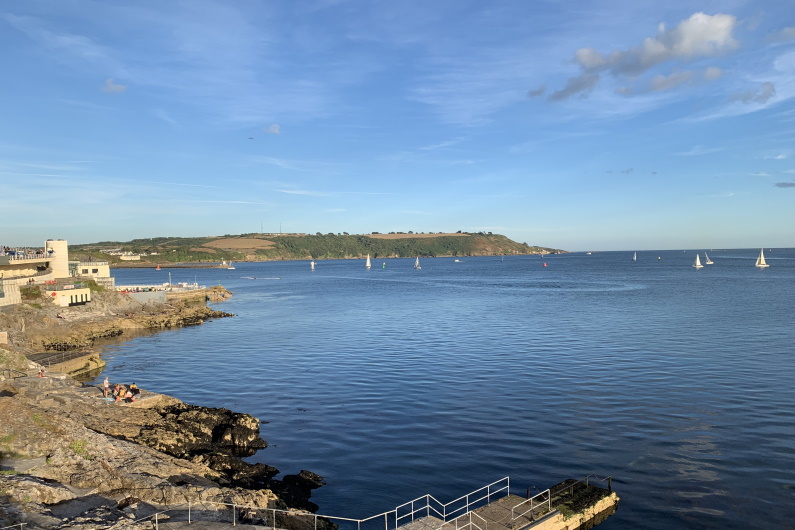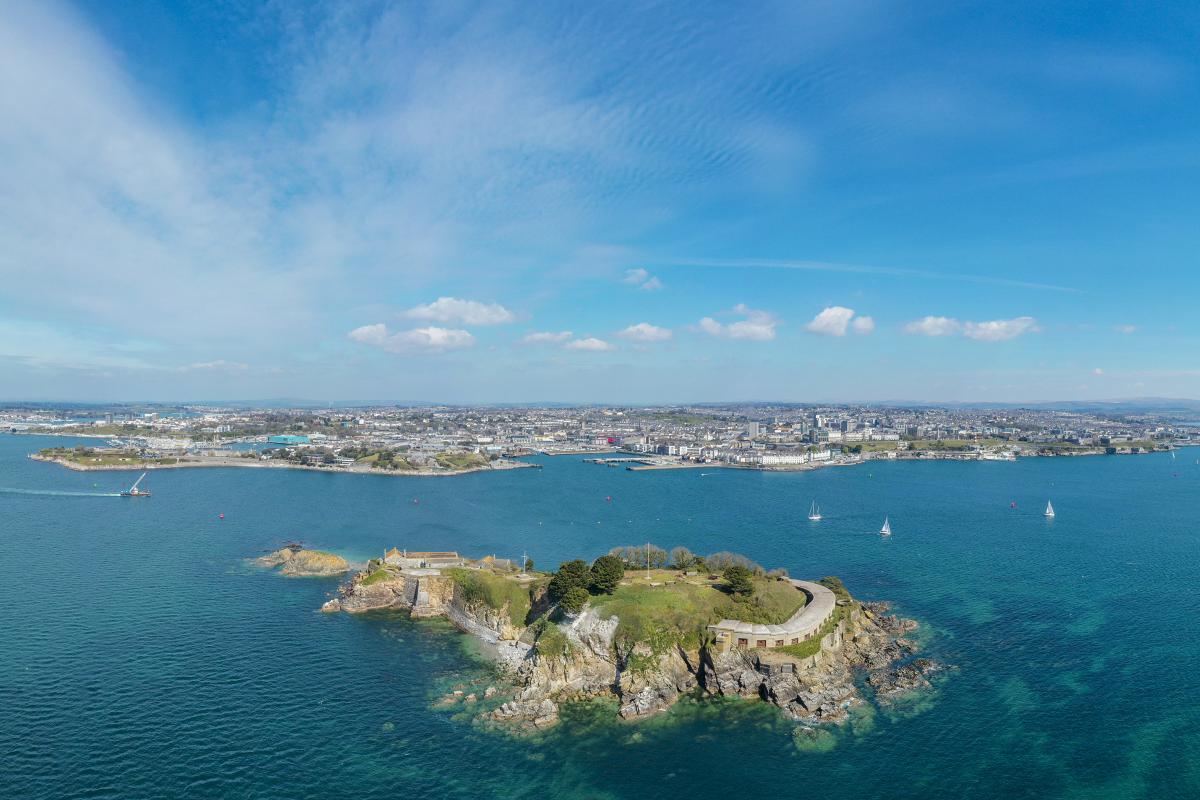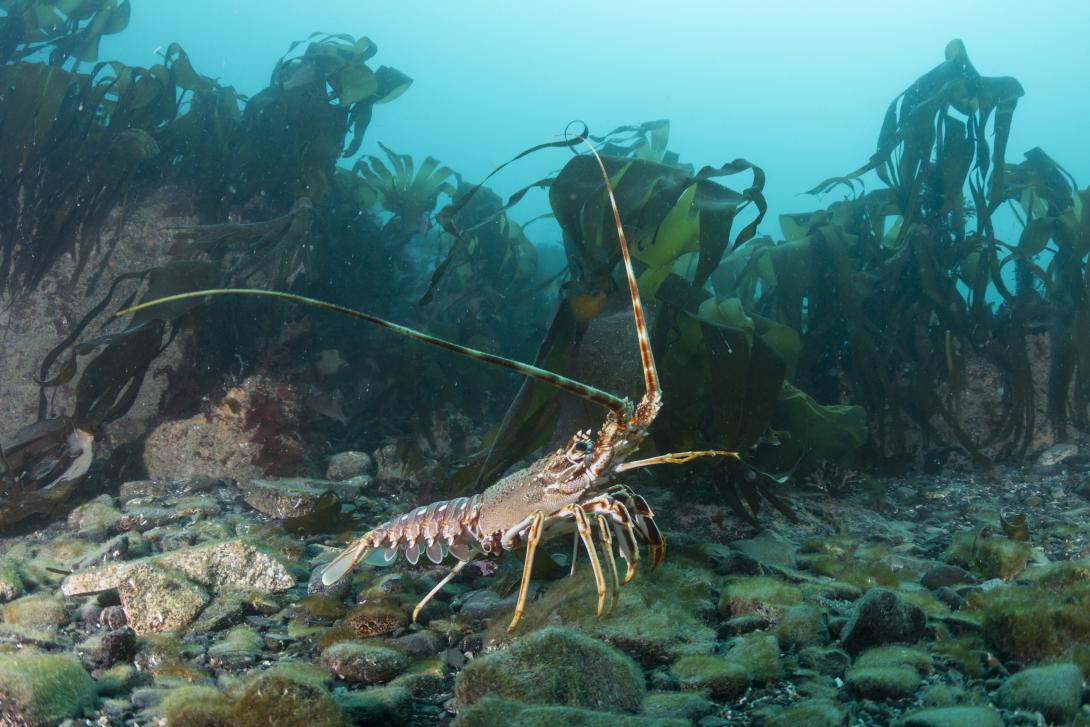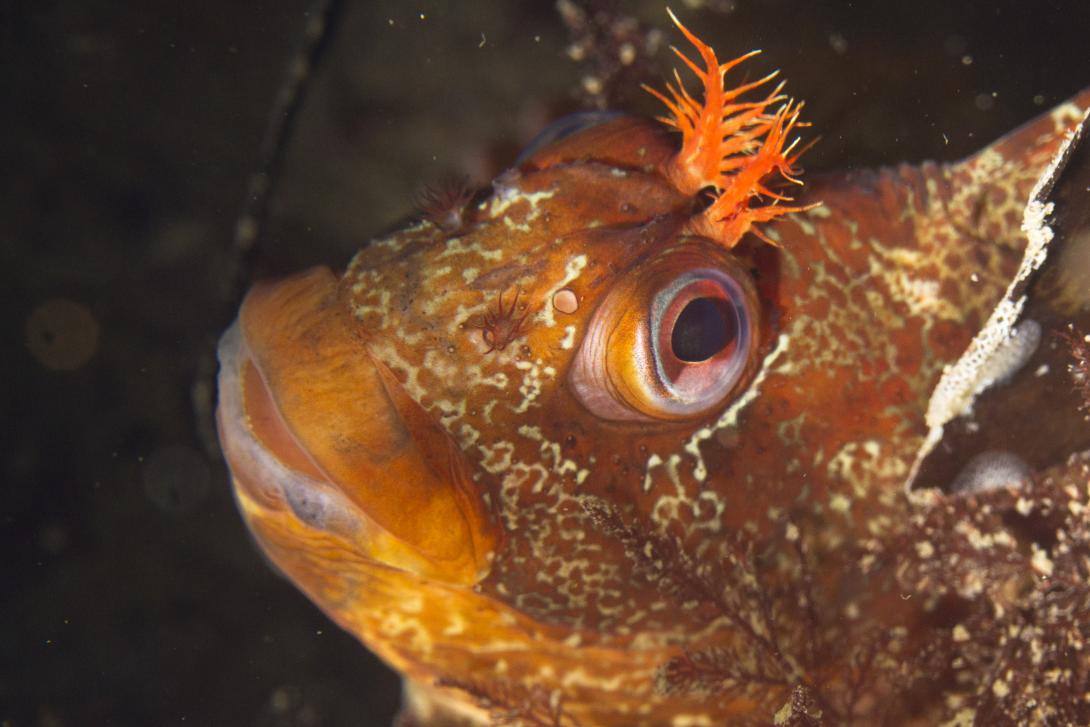Protected Areas
Photo credit Kate Duncan
Marine Protected Areas (MPAs) are areas of the seas or estuaries which are protected from human activities that could cause disturbance or damage to the habitats or the plants and animals that can be found there; these are known as 'features'.
The Marine Protected Area
MPAs help make sure these protected 'features' and locations remain healthy functioning ecosystems as well as enabling their recovery and growth. They often focus on rare and threatened habitats and species as well as those that are nationally and internationally important or unusual.
In England and Wales, the term MPA is used to refer to an area that is made up several different designations based on different types of legislation. Together these help to keep the all the waters around UK healthy, biodiverse and thriving for the benefit of nature and people.
Looking after our Marine and Coastal Waters

Natural England are the statutory nature conservation advisory body responsible for the PSE MPA. With the aim that all protected features maintain at least ‘Favourable Conservation Status’
The waters around Plymouth Sound and Estuaries (PSE) have an amazing and diverse abundance of marine life. It also has a rich cultural and built heritage, being a proud naval port and the centre of maritime exploration and research.
It is important that this unique place balances the commercial, defence, recreation and conservation interests to ensure the sustainability use of our waters for the benefit of everyone, now and in the future.
The PSE has nationally and internationally important habitats and species present. The MPA covers nearly all the PSE, stretching from the upper Tamar, through the estuary, including the Lynher and the Tavy, down to the Sound to Rame Head Peninsula, covering inlets and harbours round to part of the Yealm Estuary but excluding the Plym.
To help preserve this fantastic environment and species we have several overlapping marine designations within the MPA which are also included in terrestrial and coastal protected areas around the site.

Special Conservation Area (SAC)
Made up of a variety of nationally and internationally important or rare habitats and species found in our water and coast.

Special Area of Protection (SPA)
An area recognised and protected for the types of bird species that live and breed in the coast and wetlands.

Marine Conservation Zone (MCZ)
Designated to protect nationally and internationally marine wildlife, geology and geomorphology.

Other Protections and Initiatives
There are a range of other types of protections both legally and voluntary that are present around Plymouth Sound and Estuaries.
